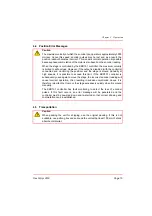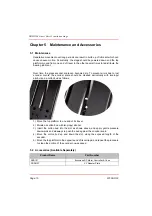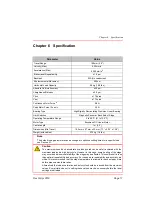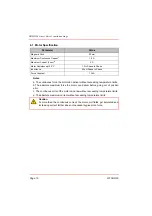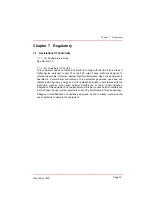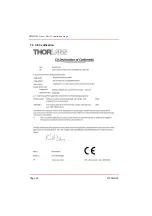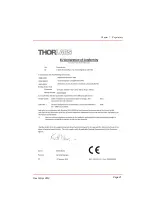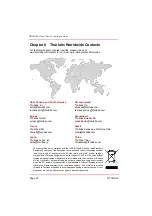
Rev G Apr 2019
Page 11
Chapter 4 Operation
4) After the parameter changes have been performed, click the ‘Persist Settings to
Hardware’ box, then click ‘OK’. This will ensure that the same parameter settings
will be loaded next time the unit is powered up - even in the absence of a PC.
Depending on the shape of the mass and the accelerations and velocities used the
values quoted above may require adjustment to provide optimum performance.
The values quoted above are the maximum values recommended to avoid over
current errors. These values are a guideline only, and depending on the shape of the
mass and the velocities used, these values may require further adjustment,
particularly if the stages are mounted in an XY configuration.
Table 4.1 DDSM100 Position Loop Parameter Adjustment Guidelines
Load Range(g)
Derivative
Derivative Time
Output Gain
0 to 250
4500
5
4000
250 to 500
5160
5
4660
500 to 750
5830
6
5330
750 to 900
6500
7
6000
Table 4.2 DDSM100 Load vs Maximum acceleration recommendations
Load (g)
Approximate Max Acceleration (mm/s²)
0
5000
125
2400
250
1550
500
925
750
650
900
500
Note
Position PID Settings Summary
Stage overshoots the intended position - reduce the integral term, and increase the
derivative and proportional terms.
Stage fails to attain final position - increase the integral and proportional terms.
Motion is unstable - reduce the proportional and integral terms, increase the
derivative term.
Stage sounds noisy - reduce the derivative term.
Please see the handbook supplied with the controller, for more information on
changing these settings

















